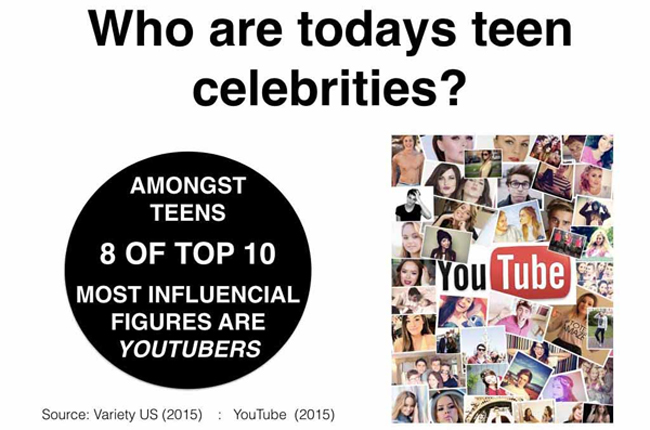A lot of great Asian TV production and distribution insight that came from this years Asia TV Forum, but we at BON Cloud have boiled everything down to the four most talked about subjects.
ONE – It's all about the internet

Online video content and distribution was far and away the most popular topic, but it’s not just Netflix or YouTube that dominated conversations. Leaders in Asian TV media production are trying to figure out how to create, deliver and monetize their digital content. There are some harsh realities that need to be navigated; the pace of change is increasing difficult to keep up with, and so many changes are paradigm shifts. Take for instance the fact that younger audiences' interests now prefers content made by peers. Audiences members have the advantage of knowing what audiences want, so who better to make content than a member from the audience. Maker Studios stated that among teens, 8 out of 10 of their favorite celebrities are YouTubers.
And that's not to mention the increasing number of new online deliver platforms, which is rivaled by the various monetization strategies being employed. One guest speaker identified almost 50 monetization models being used by video content providers on the Internet today. The content formats being delivered range from 10 second videos that disappear on Snapchat to live streaming on Periscope, and there are untold masses of homegrown local one-off platforms that are attempting to compete with likes of Netflix and Hulu.
If there was any doubt before - digital rules the world, and the sooner you carve out a niche and understand how to monetize the better.
TWO – TV is still has life

Terrestrial TV still has and will have relevance, especially in certain parts of Asia. Take Indonesia for instance, broadband doesn’t really exist - outside of a few major cities, and those major cities only account for 20% of a 250 million population - and 3G mobile service is considered a luxury. Considering that Indonesia has a growing population that almost rivals the USA, and that Indonesians also want fresh relevant video content, it’s easy to see that in Indonesia and other similar regions around Southeast Asia there will be future growth in traditional media productions and over-the-air Asian TV broadcasting.
THREE – High quality audience targeted content is a MUST

If you are not making superior quality programming aimed at satisfying the needs of a particular audience, it’s time to rethink your content creation strategy. Unfortunately, the cost of creating amazingly satisfying content is increasing. But it’s like a very good producer friend of mine always says, “It’s not the paint brush, it’s the painter”. Everyone has access to essentially the same tools to create content, so it really comes down to the execution of captivating ideas. You’re not just fighting for attention among the other shows being broadcast at the same time; you are battling every form of entertainment accessible by your audience at any given time. Deliver targeted value and then…pray.
FOUR – Co-production is a gateway to new markets

Co-producing Asian TV content allows media producers to tap into markets they would otherwise have access to. With the world of video content becoming increasingly local and niche, cooped productions are a way to in, because most have figured out that what’s popular in one place will probably not be as popular anywhere else. It was very obvious that everyone is trying to figure out how to survive, and partnerships sound about as good as anything at the moment.
In summation: Double down on high quality audience targeted digital content, but don’t forget all those people still watching the traditional boob tube. And if you can't make something relevant, try to make a friend that can.
For more information and great insight from this years ATF - Click Here


